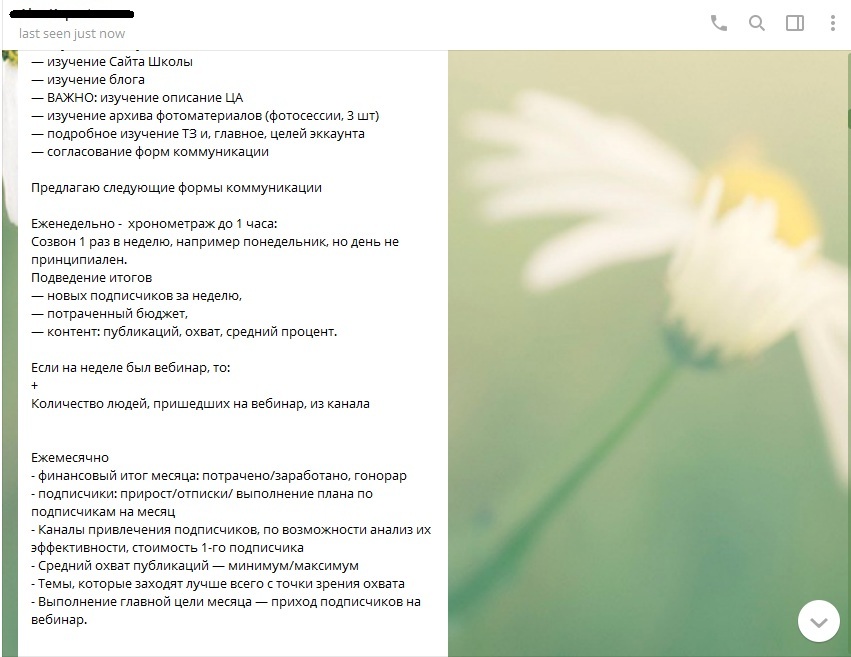Identify the key players
Highlight the core team members you share tasks with and try to establish direct contact. Many companies use group chats in Telegram or Messenger. But communicating in a group with ~10 people is usually inconvenient. Trying to discuss a bug on the page with a web developer often turns into a group conversation. Others jump in with insights or suggestions. In the end, the chat floods, and it’s hard to stay focused or resolve the issue properly.
Establish mutually comfortable communication formats
Some people consider voice messages “too intense” (true quote). Others hate typing too much. Some prefer face-to-face video calls. Discuss what kind of communication works best with each key person. And stick to what’s comfortable for both of you. Some rules work universally:

Talk about your triggers: if you prefer getting feedback in one long message instead of 17 short ones — say so. There are real stories of colleagues who sent each other endless voice messages for months and drove each other crazy… but neither ever brought it up.
Always give feedback
In an office, you can catch a colleague at lunch, by the coffee machine, or at their desk and talk things over. Freelance is different — there are quiet days and days when chats explode. Ignored messages trigger frustration and break communication. If you can’t respond right away — set aside 30–60 minutes daily to reply and talk to everyone. Every request deserves a response.

Speak human, not corporate
Which message feels warmer?
“Good afternoon, Mikhail. Today’s task: 3 animated banners for Facebook Ads. 7–10 frames. Deadline: by 2:00 PM. Assets: via link. Please notify us in advance if there are any delays.”
or
“Hey, Misha. Could you make 3 animated banners for FB ads, like last time? I’m attaching refs and assets. Let me know if you’ve got questions, I’m here. Deadline’s 2 PM — please aim for that.”
Some companies have strict communication policies. In larger or corporate-style ones, people use templates to address each other. But human communication brings more joy. Yes, you should respect boundaries — things like “yo, bro” may not land well (or not right away). Still, personalized, warm messages make everything easier.
Politeness and care
Everything mentioned above — communication formats, discussing triggers, speaking in a friendly tone — should be done with politeness and care.

When assigning a task, leave space for the performer’s ideas. Almost every specialist has a point of view. A designer might see blog illustrations differently, a web designer may imagine a better layout for a contact form. It’s great when a task is framed in a way that doesn’t make them feel like a robot, but gives them a chance to contribute and voice their perspective.
Learn to speak so people get you instantly
In the course Freelancer: The Big Game you’ll learn how to communicate with clients and teams. We’ll show you how to work with briefs, tech specs, and questionnaires. How to handle typical and tricky questions. How to write convincing and lively business messages. We’ll also cover social media presence and financial basics. Join us!
